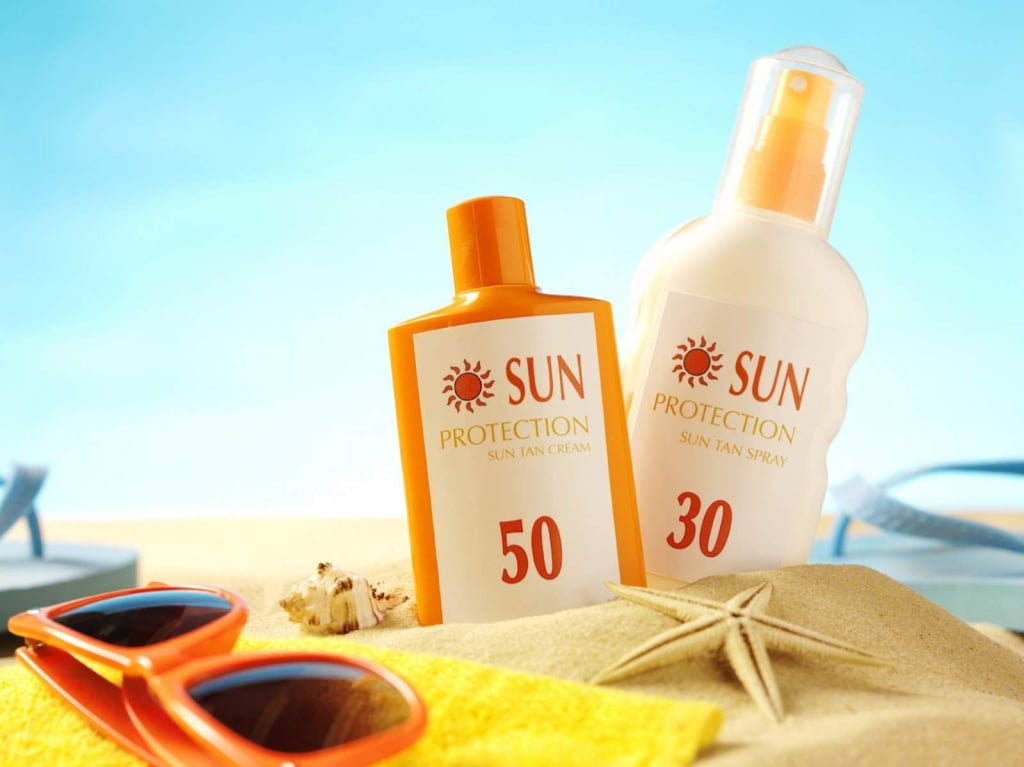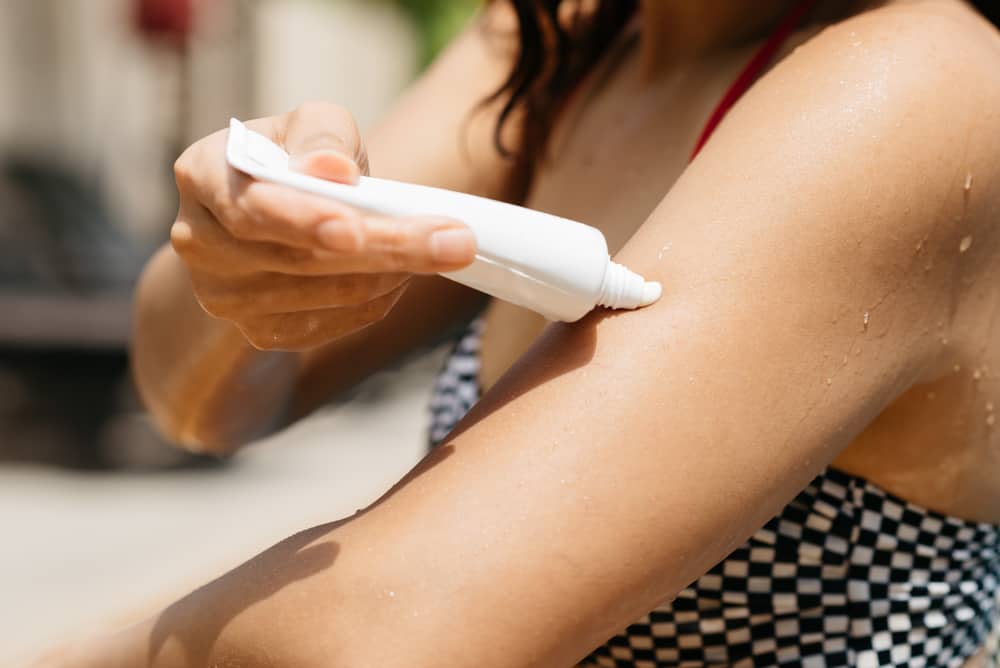Difference between sunscreen and sunblock that you need to know

Now there are many variants of sun protection products, aka sunscreens on the market. However, these multiple choices can sometimes confuse people. Even trivial things such as distinguishing between sunscreen and sunblock are often not well understood. So, what are the differences between sunscreen and sunblock?
What is the difference between sunscreen and sunblock?

Basically, both sunscreen and sunblock are sunscreens that function to protect the skin from the sun. However, these two protectors turned out to be quite clear differences.
Here are some differences between sunscreen and sunblock to make it easier for you to protect your skin according to its purpose.
Ways of working
One of the things that differentiates between sunscreen and sunblock is how it works. Both can protect the skin from the sun, but with different mechanisms.
Sunscreen protection mechanism
Sunscreens are sunscreens that can penetrate and be absorbed by the skin before UV rays reach and damage the skin’s layers. However, this type of sun protection is usually only in charge of protecting the skin from UVB rays.
How sunblock works

Meanwhile, sunblock is a sunscreen that can dispel and reflect sunlight from the skin. Thanks to the content of titanium dioxide or zinc oxide in it, sunblock is considered effective in protecting both types of ultraviolet, namely UVA and UVB.
Even so, you can still use one of these two products because they both provide protection. However, you may need to see if the sunscreen you choose offers protection against both UVA and UVB rays.
Substance content in the product
Apart from the mechanism, another difference between sunscreen and sunblock is the substance content in them.
Material in sunblock
Most sunblocks on the market contain titanium oxide or zinc oxide. These two active compounds produce a thicker texture with a more opaque color.
Some people find this sunblock texture makes it difficult for them to apply the lotion evenly. In addition, the opaque color of the sunblock will show after it is applied to the skin which also makes them less fond of this sunscreen.
The good news is, there are many sunblocks that now have colors that are almost invisible like their predecessors. For example, sunblock for babies only contains one of the active compounds above, so it doesn’t appear concentrated.
Sunscreen content
When viewed in terms of texture due to the ingredients in it, the difference between sunscreen and sunblock is quite visible to your eyes. Sunscreens have various chemical compounds that are in charge of absorbing sunlight, such as oxybenzone or avobenzone.
Unfortunately, these two active ingredients can trigger an allergic reaction in people who are allergic to PABA (para-aminobenzoic acid).
Even so, sunscreen has a thinner texture and is invisible to the eye when applied. This is what makes some people choose sunscreens over sunblocks because of the consistency and ingredients in them that can trigger allergies.
Things to consider when choosing sunscreen

After recognizing the differences between sunblock and sunscreen, of course there is something to pay attention to when choosing one of the two.
Check the label before buying
One of the things to consider when choosing between a sunscreen or a sunblock is reading product labels. This method is necessary if you want to avoid products that contain fragrances or oils in sunscreen.
In addition, some sunscreens and sunblocks are formulated to be used as insect repellents. However, this was not recommended by American Academy of Dermatology.
They explain that sunscreen must be reapplied frequently for maximum protection. While insect repellents can only be used a few times so as not to damage the skin.
Recognize the terms on the sunscreen label
Apart from checking the content in it, don’t forget to recognize specific terms on sunscreen. This aims to make it easier for you to know the difference between sunscreen and sunblock because they both work differently.
Here are two important terms in every sunscreen product that you need to know.
Broad spectrum

As previously explained, there are two types of sunlight that you hear most often, namely UVA and UVB. The letter A in UVA means aging (aging). Meanwhile, B in UVB means burning (burning).
When a sun protection product is labeled Broad spectrum, meaning that the sunscreen can protect the skin from the two ultraviolet rays. That’s why it’s best to choose a sunscreen that includes the term Broad spectrum on the packaging.
SPF
Besides broad spectrum, You may also see the term SPF on most sunscreen products. So, what is SPF?
SPF stands for Sun Protector Factor. The SPF in a sunscreen and sunblock tells you how well the sunscreen is at protecting the skin from sunburn.
The SPF number also determines how long you can be exposed to sunlight without burning during product use. For example, a sunscreen with SPF 30 will absorb sunlight 30 times longer to burn skin.
Even so, the higher the SPF number does not indicate how strong the protection provided by the product. Choose a sunscreen or sunblock with SPF according to your skin’s needs.
Although different, both sunblock and sunscreen protect the skin, especially from the risk of skin cancer and other skin diseases. Knowing what is the difference between sunscreen and sunblock at least makes it easier for you to choose which one your skin needs the most.
If you have further questions, please consult a dermatologist or dermatologist regarding the use of sunscreen.
Hello Health Group and Hello Sehat do not provide medical advice, diagnosis or treatment. Please check our editorial policy page for more detailed information.